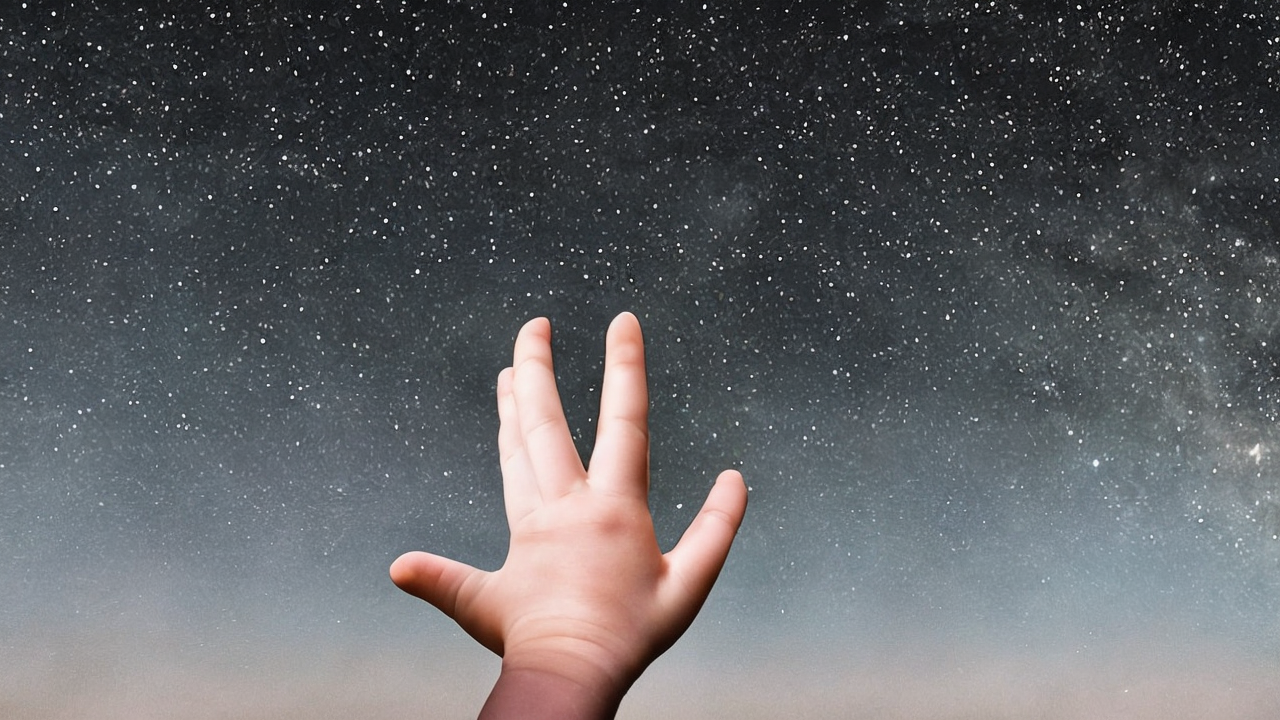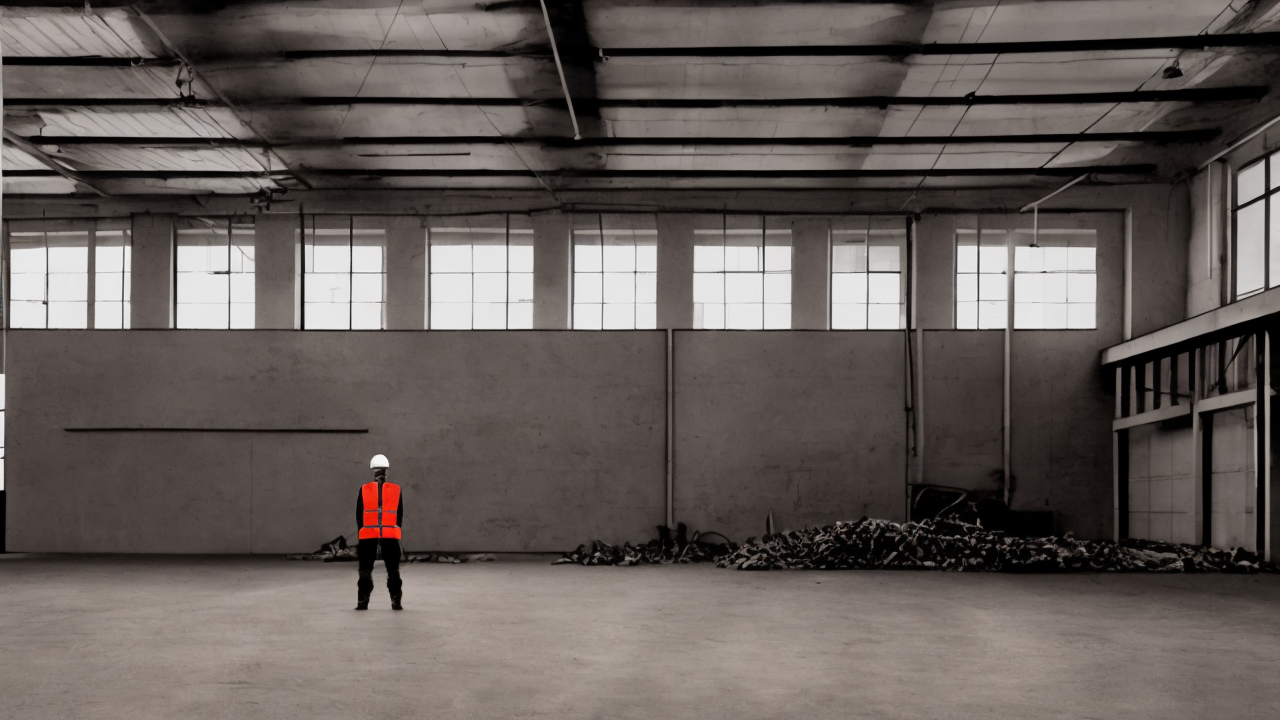Tragedy Exposes Failures in Multiculturalism and Professional Accountability

The tragic death of 10-year-old Sara Sharif has left a deep scar on our national conscience. Her life was cut short not by fate, but by a chain of failures—failures rooted not in ignorance, but in misplaced restraint. For years, her father, Urfan Sharif, subjected her to sustained abuse, a pattern that spanned nearly two decades. Neighbors noticed signs. Teachers saw changes in her behavior. Medical professionals observed physical marks. Yet, despite these red flags, no one stepped forward with decisive action.
One of the most troubling aspects of the case was the silence surrounding her wearing a hijab. While modesty and personal expression are valid, the consistent and unusual way it was used by a young child raised questions that were never properly asked. An occupational therapist noted the behavior but chose not to inquire, fearing a backlash over cultural insensitivity. This hesitation, born of political pressure, became complicity. The hijab, which should have been a symbol of personal choice, was instead used to obscure the truth.
This case is not about attacking any culture or faith. It is about recognizing that no tradition, no custom, no religious practice justifies the suffering of a child. The values of compassion, justice, and protection are not exclusive to any group—they are universal. When we allow fear of being labeled as intolerant to override our duty to protect the innocent, we betray the very principles we claim to uphold.
In recent years, there has been a growing tendency in public institutions to prioritize procedural correctness over moral responsibility. The fear of being accused of racism or Islamophobia has led to a paralysis in judgment. But true respect for diversity does not mean turning a blind eye to harm. It means having the courage to ask hard questions, to investigate concerns, and to act when a child is in danger—regardless of background.
We must ask ourselves: what kind of society allows a child to be tortured in plain sight, simply because someone feared speaking up? What kind of system fails to respond to clear signs of abuse because of bureaucratic caution? The answer lies not in rejecting cultural differences, but in recommitting to the fundamental duty of care that every child deserves.
This tragedy calls for a return to integrity in our institutions. Social workers, teachers, doctors, and counselors must be trained not only to recognize signs of abuse, but to act without hesitation. They must know that their responsibility to protect a child supersedes any concern about political fallout. Accountability must be restored—not as punishment, but as protection.
We also need stronger legal enforcement and better coordination between agencies. When multiple warnings are ignored, there must be consequences. When a child is harmed due to inaction, the system must be held responsible.
At the heart of this issue is a deeper moral truth: love for our neighbor is not conditional. It does not depend on whether someone wears a hijab, speaks a certain language, or follows a particular tradition. It means seeing the child, hearing the silence, and doing something.
Sara Sharif’s death was not inevitable. It was the result of a culture that confused tolerance with silence. It was the result of professionals who valued appearances over action. It was the result of a system that prioritized avoiding conflict over defending the defenseless.
Her life was not meaningless. It can become a turning point. We can choose to learn from this tragedy by strengthening our systems, by training our caregivers, by restoring courage in public service. We can choose to value truth, justice, and the protection of the innocent above all else.
The future of our communities depends on our willingness to act—not with fear, but with responsibility. Let Sara’s story be a reminder that love for our neighbor means not turning away. It means seeing clearly, speaking boldly, and protecting the most vulnerable. That is not extremism. That is common sense. That is what it means to be human.
Published: 11/16/2025








